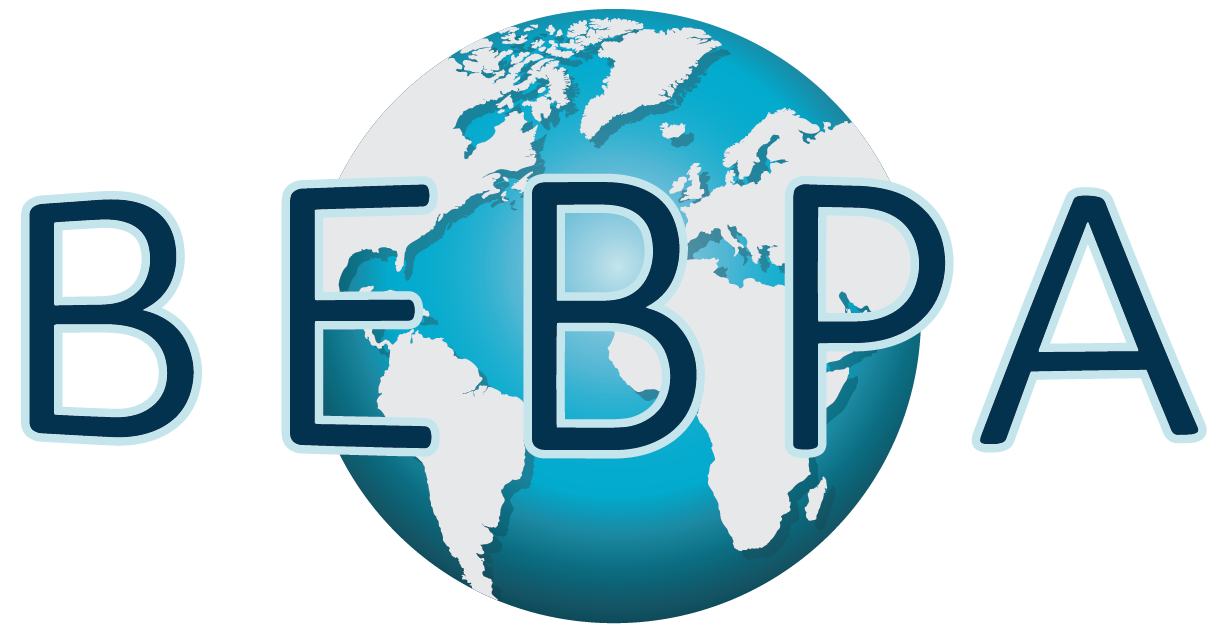BEBPA Blog
Tech Briefing: Bioassay for Complex Products: You have come a long way, baby.
By Laureen Little, Principal Consultant, Quality Services and President (BEBPA)
Remember when a monoclonal antibody (mAb) was considered a “complex” product? A mere 30 years ago! As we gained experience with these molecules, we transitioned from complex products to referring to them as large molecules and then finally they become Well-Characteriized Biotech Products (WCBP). This transition is not mere wordsmithing but has distinct regulatory ramifications. Becoming a WCBP was a major step in moving away from the “product is the process”. This is considered as regulatory relief for manufacturers as it allows manufacturing changes to be done using comparability protocols. The newest “kids” of the complex neighborhood are Cellular Therapies, Secrotomes, and Gene Therapies.
The complexity of these products creates challenges in all arenas of manufacturing, from sourcing to the final fill and finish steps. The development of analytical testing methods to confirm lot-to-lot consistency is a critical step in the manufacturing process. Potency bioassays are considered a keystone of the analytical assays required for characterizing and releasing large molecule products. This is one of the most difficult technical hurdles. They require unique biological reagents, which depend directly upon the understanding of the Mechanism of Action (MoA) of the therapeutic. This is the key difference between our older “complex” products and the new “kids”. Single protein products usually (but not always) have well defined structure-function relationships linked directly to the mAbS. However, cellular and secretome products consist of hundreds/thousands of proteins, many of which link to various mAbs, all of which play critical roles in the potency of the product. Thus, the potency bioassay is complex and may result in lots of discussion during the regulatory approval process.
To make matters worse, very few case studies are published (see reference 1 -3 below) and the regulatory guidance (reference 4) is evolving. Most of the current guidance focuses on gene therapy products, which typically are linked to a single MoA more akin to the WCBP products. Thus, the information is useful, but not directly on point.
At the upcoming BEBPA US Bioassay Conference in Tucson, AZ March 24-26, 2025 we have dedicated an entire session to discussing potency assays for complex products. To date we have the following talks:
- Analytical And Regulatory Hurdles For Complex Products Such As Cellular Or Secretome Therapies Speaker To Be Announced
- Flow Cytometry: Applications and Considerations in Analytical Methods Development and Qualification Huan Cai, Sr. Scientist, Teva Pharmaceuticals
- CD19 CAR-T Lentiviral Vector Integration Copy Number Candidate Reference Materials Zhiyong He, Biologist, NIST
- Evaluating Changes in Critical Factors to Control Variability in Cell-Based Relative Potency Assays Speaker To Be Announced
If you are in this field, be sure to attend and if you have a case study send us an abstract. This session is guaranteed to include lots of honest discussion about how to develop, optimize and validate bioassays for complex products.
The BEBPA Bioassay Conference is known for its practical hands-on talks, sharing of critical hints and fabulous scientific discussion. This year we will be doing a deep dive into understanding total analytical error (as described in ICH Q2 R2,) comparability during regulatory submission, and developing complex bioassays such as cell migration assays. Don’t wait too long to sign up for this conference as it does sell out.
References
- Sagaradze, Georgy, Anna Monakova, and Anastasia Efimenko. 2023. Potency Assays for Mesenchymal Stromal Cell Secretome-Based Products for Tissue Regeneration International Journal of Molecular Sciences 24, no. 11: 9379. https://doi.org/10.3390/ijms24119379
- Chinnadurai, R. (2023). Advanced Technologies for Potency Assay Measurement. Burns, J.S. (eds) Potency Assays for Advanced Stem Cell Therapy Medicinal Products. Advances in Experimental Medicine and Biology, vol 1420. Springer, Cham. https://doi.org/10.1007/978-3-031-30040-0_6
- Johnny Lam, Byungjun Lee, James Yu, Brian J. Kwee, Yangji Kim, Jiho Kim, Yeongmin Choi, Jun Sung Yoon, Youngsoo Kim, Kyusuk Baek, Noo Li Jeon, Kyung E. Sung, A microphysiological system-based potency bioassay for the functional quality assessment of mesenchymal stromal cells targeting vasculogenesis, Biomaterials, Volume 290, 2022, 121826, ISSN 0142-9612, https://doi.org/10.1016/j.biomaterials.2022.121826.
- FDA Draft Guidance: Potency Assurance for Cellular and Gene Therapy Products, Released December 2024 https://www.fda.gov/regulatory-information/search-fda-guidance-documents/potency-assurance-cellular-and-gene-therapy-products
